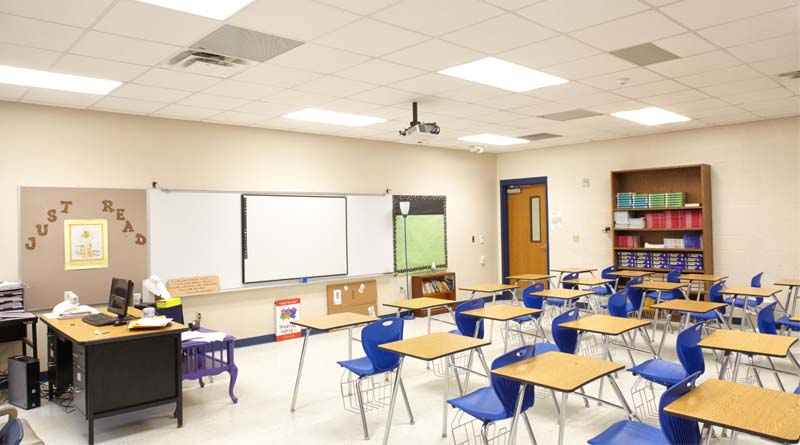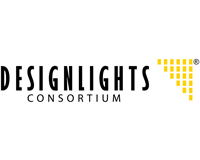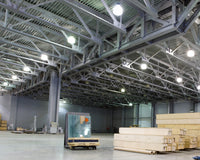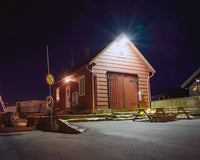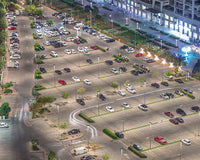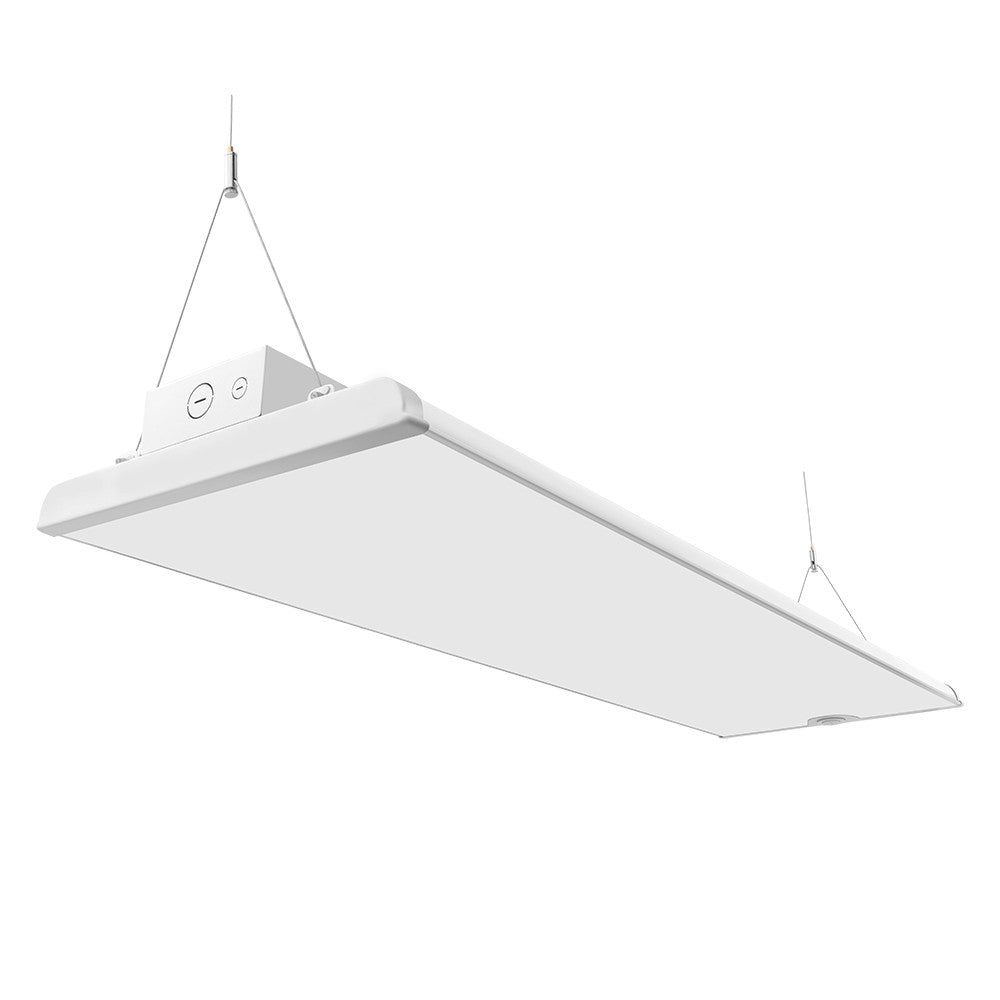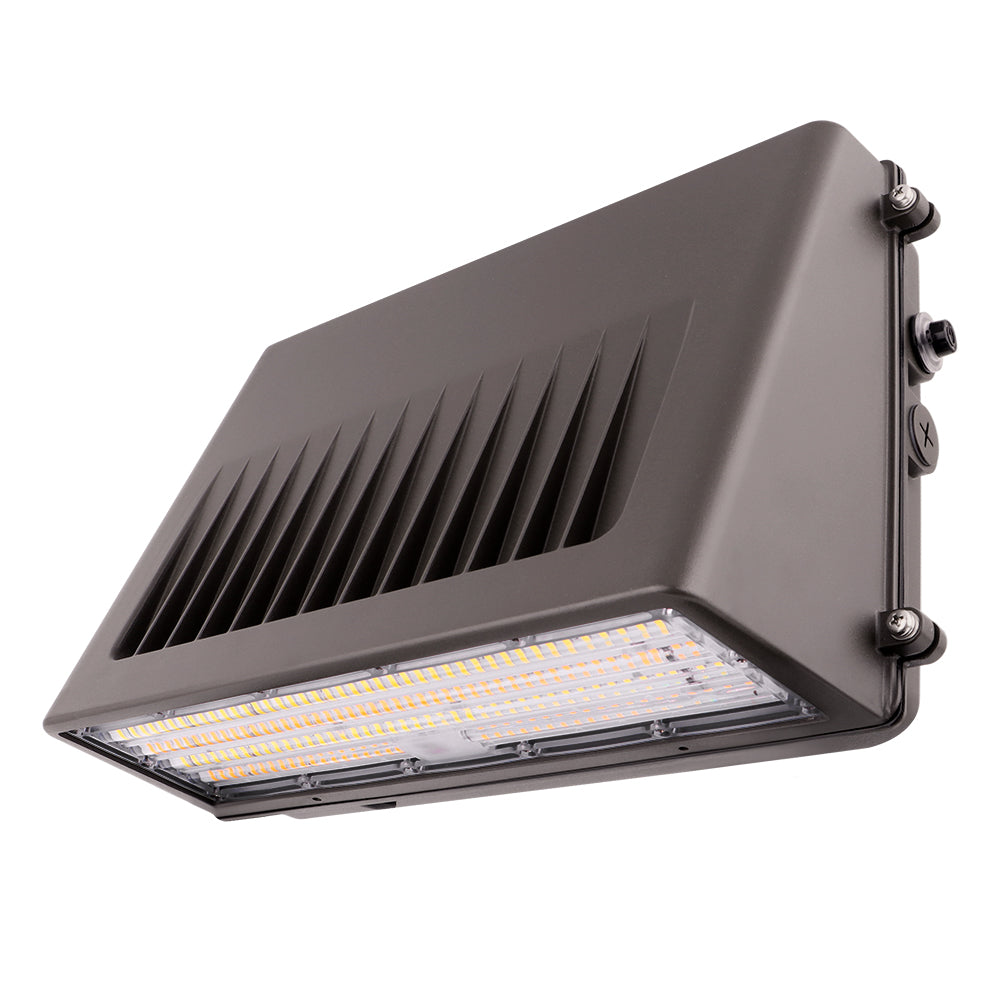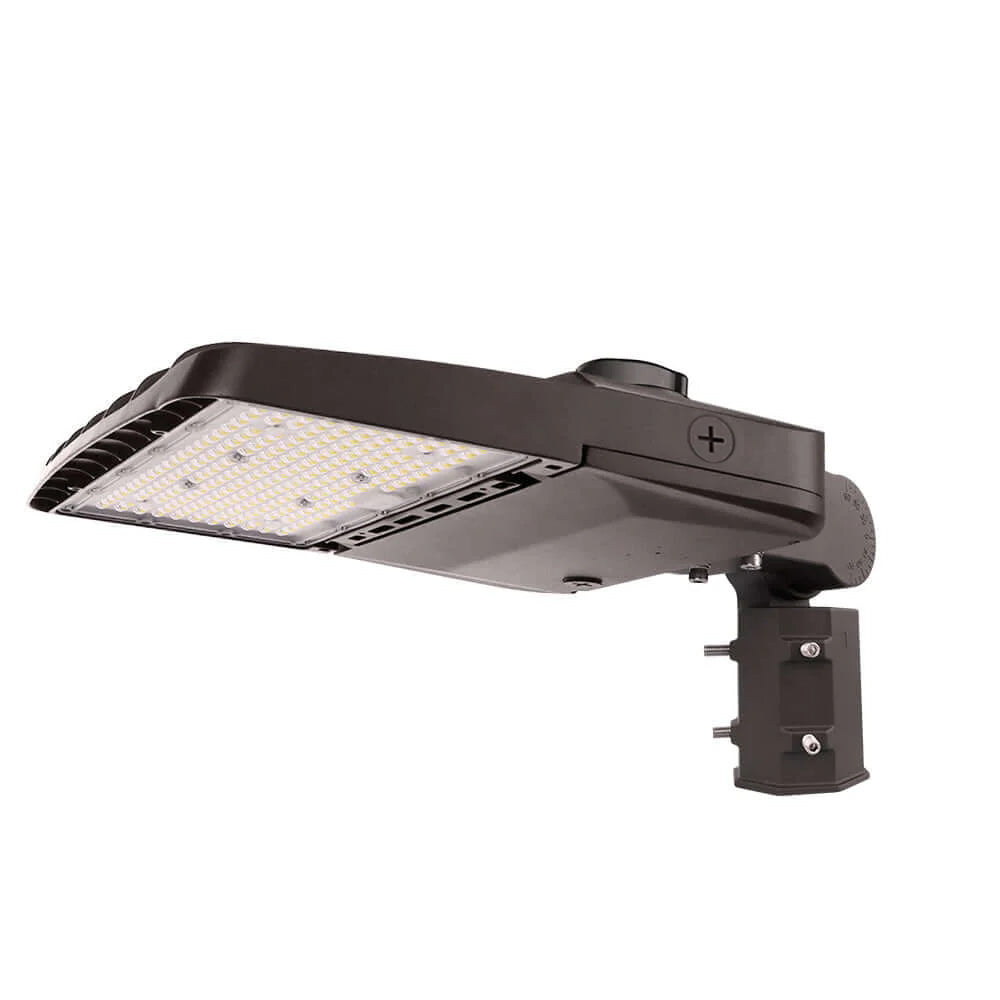From pre-school to college, educational facilities attempt to provide the best resources possible for students to succeed. Lighting can play a significant role in the learning process. Although LED lighting usually gets tremendous focus on its energy saving benefits, lighting has been proven to enhance a students’ academic performance and support their long-term development. With the proper LED lighting in our school environments, a more productive and enjoyable learning experience for students can be provided.
Benefits of LED Lighting for Schools
1. Improvements in Student Concentration and Productivity
As LED technology evolves to imitate natural light, students are benefiting from lighting that contributes to the maintenance of circadian health and boosts their learning ability. Because there tends to be more difficulty for students to concentrate in the early morning, LED lighting can be adjusted to increase alertness and jump start the day more effectively. Lighting research studies have shown that when teachers are able to adjust the lighting for specific educational activities, they were able to boost cognitive skills and lower students’ rates of error.
Other health-focused benefits of LED lighting include improvements in circadian rhythms, mental cognition, hyperactivity, and mood. The optimal function of the body’s circadian rhythm depends on the right kind of light. This process helps your body determine when to wake, when to sleep, and when to focus or relax. With an ability to change the correlated color temperature (CCT), LEDs provide students the appropriate exposure to lighting for maintaining circadian health and align their circadian rhythm with the day-night cycle.
2. Increased Health Benefits
Older fluorescent lighting is not only inefficient, but it is harmful to students’ wellbeing. Many educational facilities are making the transition to solid state lighting because LEDs do not contain harmful contaminants. A fluorescent tube is a mercury-vapor gas-discharge lamp that uses fluorescence to produce visible light. An electric current excites mercury vapor, which produces short-wave ultraviolet light that then causes a phosphor coating on the inside of the lamp to glow. Those same fluorescent tubes that contain mercury and PCBs have been proven to damage the health of children if exposed. The EPA also released a statement that schools in the United States built before 1979 may still have some T12s that contain PCBs.
LED lighting improves visual comfort within a space. Often two issues associated with outdated lights are glare and flicker. Glare is the discomfort produced by an intensity of light in the visual field greater than the intensity of light to which the eyes are adapted. Put simply, there is too much light that enters your eye and it interferes with your eye’s ability to manage it. LED lighting helps to target the light where it is needed the most, thereby minimizing glare and increasing students’ visual performance. It also creates less irritation for autistic students who have an increased sensitivity to direct fluorescent lighting’s sub-visible flicker.
Flicker is the rapid variation in light intensity over time- unsteadiness in light. Everyone is sensitive to flicker to some degree. It may be visible, or imperceptible, depending on the intensity and speed of the variations. People who are sensitive to flicker can experience eyestrain, headache, and seizures. Manufactured with Flicker Free LED Drivers, the Konlite LED Panels have been a favorite for retrofit in classrooms, Child care centers and Churches for many years.
3. Increased Energy Savings
According to the Department of Energy, taxpayers spend $6 billion on energy costs for K-12 schools. On average, up to 30% of an educational institution’s energy usage goes towards lighting alone. Commercial LED lights are far more efficient than older technologies and can reduce energy consumption by as much as 75% when compared to incandescent and fluorescent options. Unlike fluorescent lamps that produce wasted heat, LEDs focus energy into visible light producing much less heat. This means less requirement for air conditioning, thus less energy consumption related to HVAC costs.
4. Reduced Maintenance Costs
Classrooms, hallways, offices, and bathrooms. What do they have in common? More than likely maintenance staff are replacing a significant number of fluorescent tubes in all those areas. A significant portion of working hours could be spent doing replacements, especially in areas that are not easily accessible. Areas like gyms, auditoriums, and other spaces with high ceilings requiring ladders or scissor lifts for replacements. With LED lighting installed, Maintenance is no longer focused on purchasing replacement parts and labor costs are virtually eliminated. LED lighting can also eliminate provisions for safe disposal and recycling of burned out bulbs associated with fluorescent lighting.
5. Added Safety and Security
LED lighting helps to keep campuses properly illuminated eliminating dark areas where criminal activity could take place. Providing the appropriate light levels around building exteriors, pathways, and parking lots helps improve visibility and reduces the possibility of accidents. In addition to improving the performance of security cameras, LED lighting also lessens anxiety among faculty and students on campus after hours.
LED Lighting keeps our children safe in their schools and sets the standard for future generations. The money saved due to energy efficiency is important – But relying less on outdated technology and seeing the positive impact LED lighting can both physically and mentally have on our kids – makes their future even brighter.
Ready to upgrade your lighting to LED? We’d love to help- give us a call and tell us more about your Project. 1-877-718-0808 or email us at contact@revolveled.com


